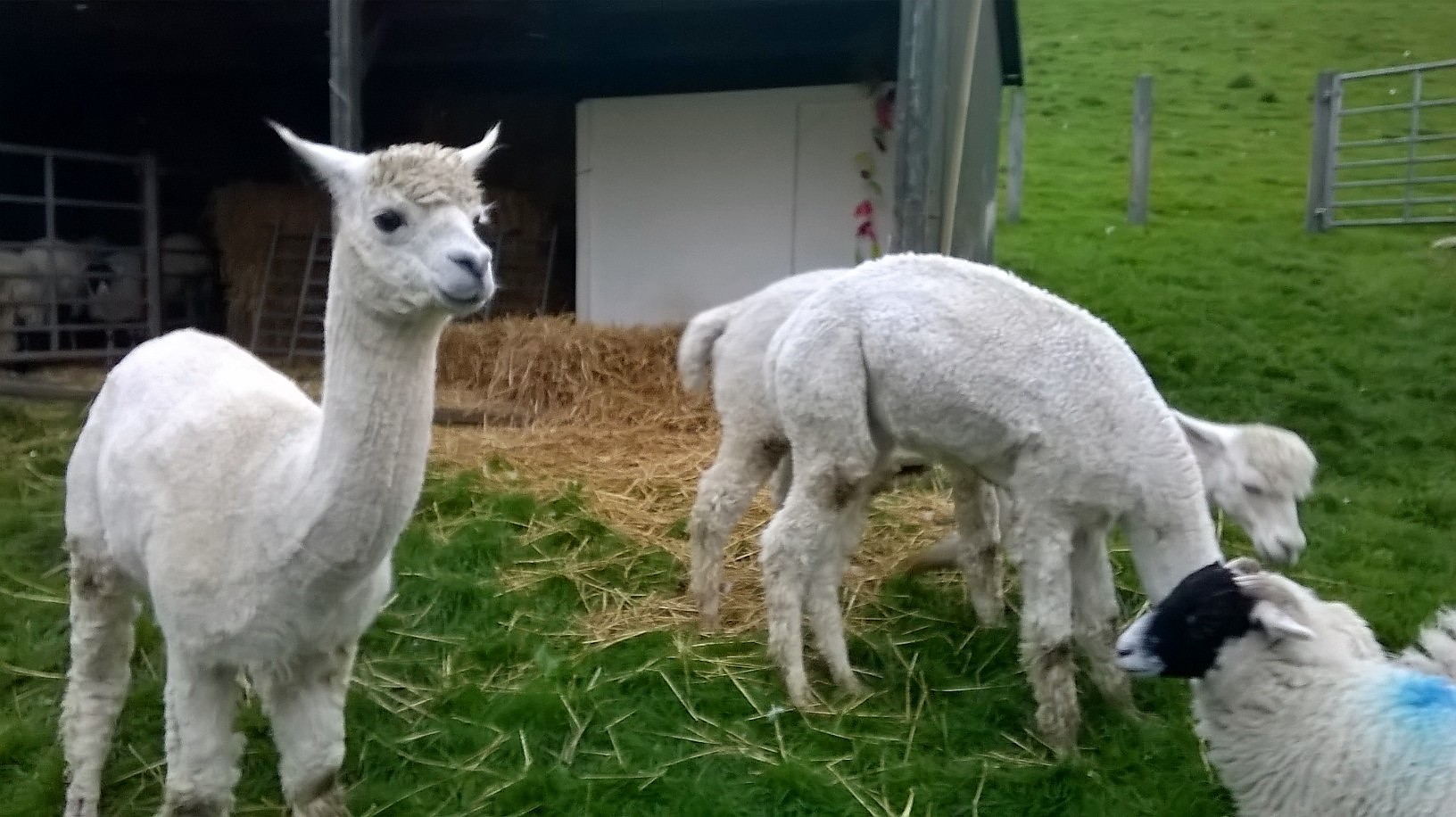Alpaca
A species of Vicugna Scientific name : Vicugna pacos Genus : Vicugna
Alpaca, A species of Vicugna
Scientific name: Vicugna pacos
Genus: Vicugna
Content
Description General Info
 Photo By DenesFeri , used under CC-BY-SA-4.0 /Cropped and compressed from original
Photo By DenesFeri , used under CC-BY-SA-4.0 /Cropped and compressed from original Description
Alpacas are also used in animal-assisted therapy in Europe because of their calm and peaceful character.
General Info
Lifespan
15-20 years
Diet
Alpaca largely thrives on a diet of grasses and other vegetation, demonstrating a strong preference for tussock grasses. Spending a significant portion of their day grazing, they forage intermittently, avoiding eating poisonous plants.
Appearance
The alpaca is a compact, small-to-medium-sized mammal with a body shape reminiscent of a petite camel. It is distinguished by soft, dense fur which varies from ivory to deep cocoa. Its long, thick eyelashes and tapered ears offset a slightly protruding snout. Gender or age does not significantly modify this creature's features or coloration, but its woolen coat grows denser and more lustrous as it matures.
Behavior
Alpaca are social animals, often found in family-led groups. Their distinctive behavior includes communal dung piles, which function as territorial markings. A remarkable survival behavior they exhibit is the ability to forage on sparse vegetation, indicative of their adaptation to high-altitude, quasi-desert habitats. They are primarily sedentary, unlike their migratory vicuna relatives.